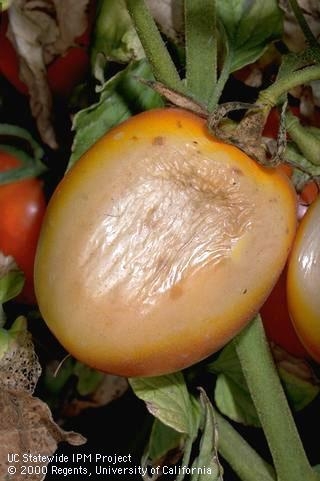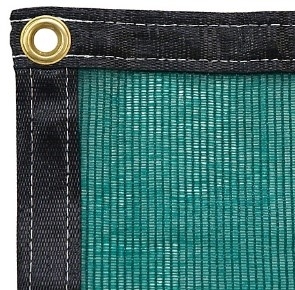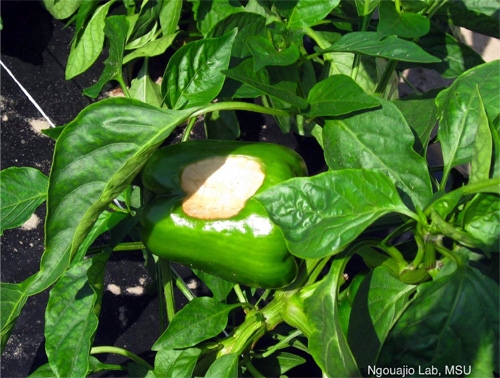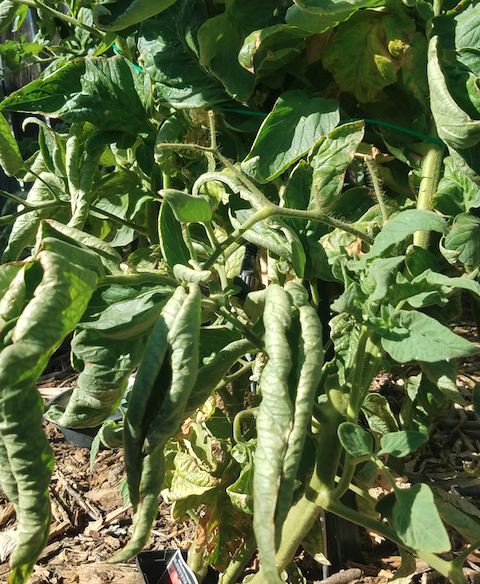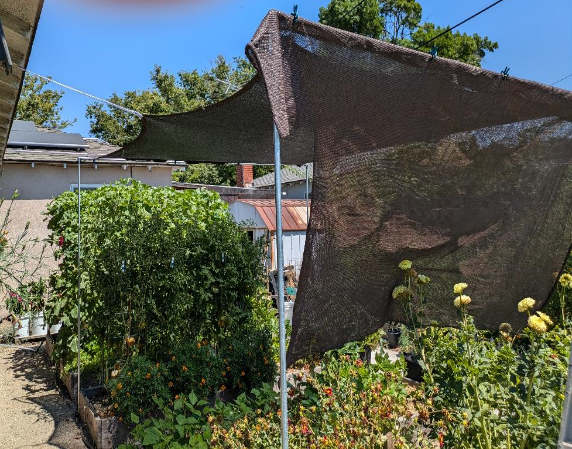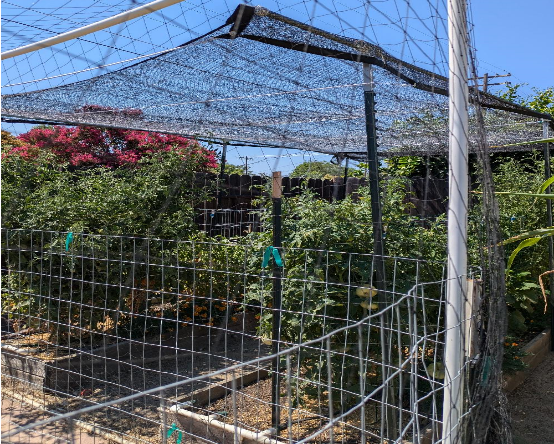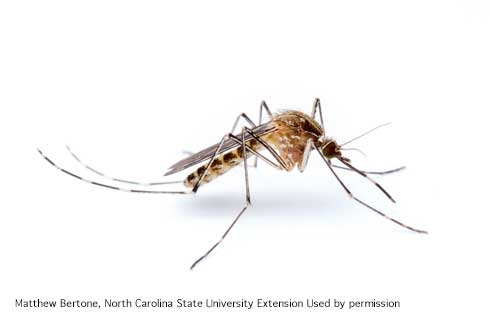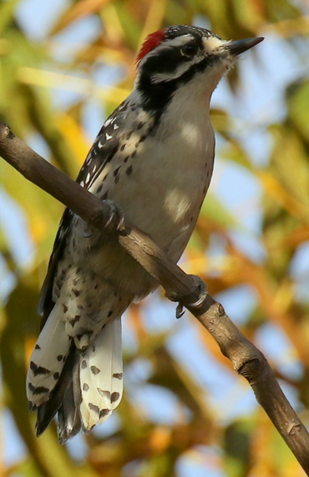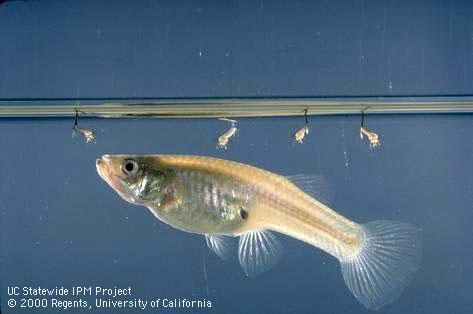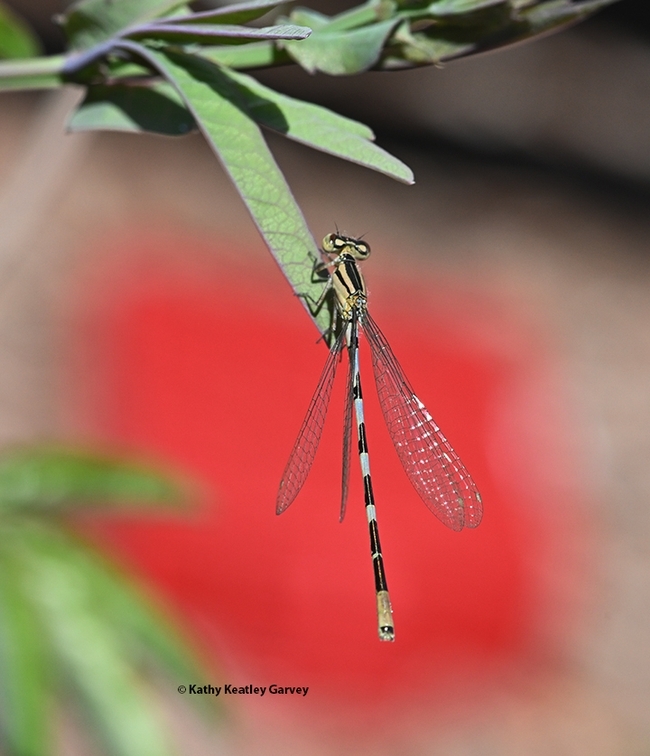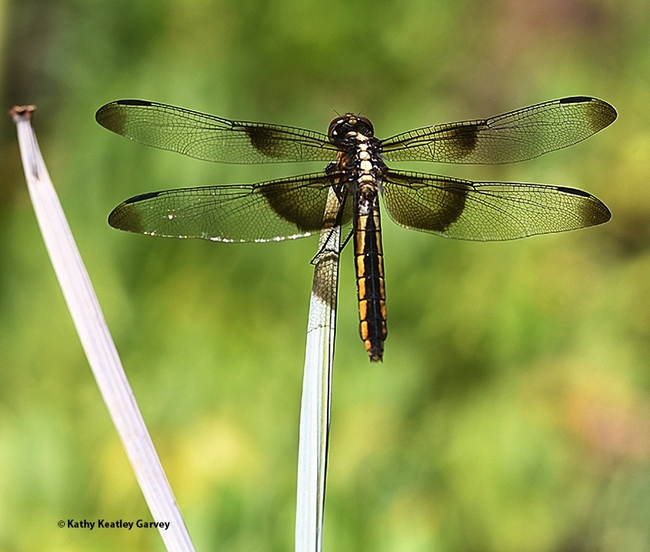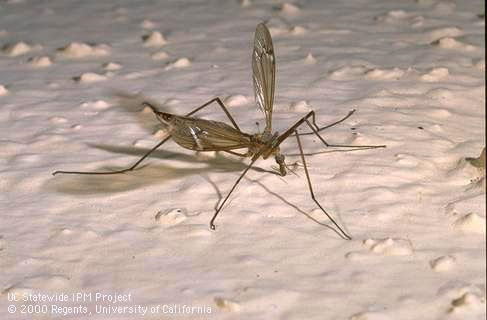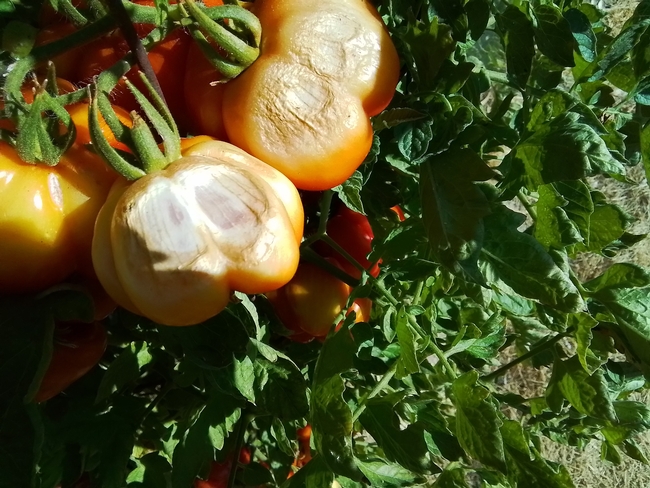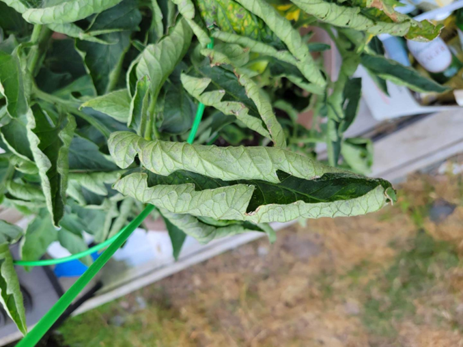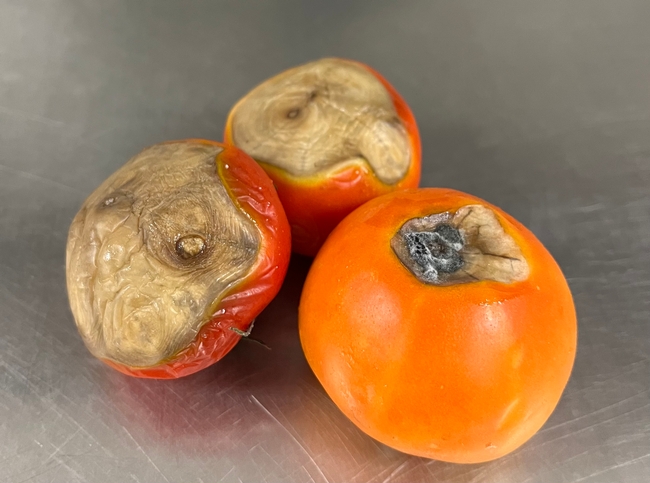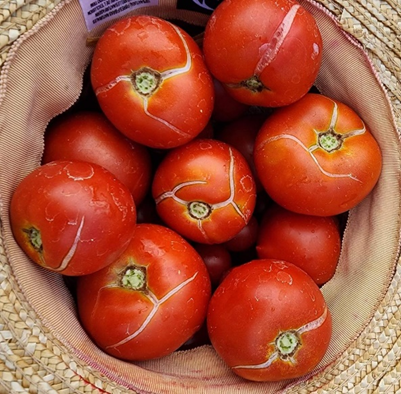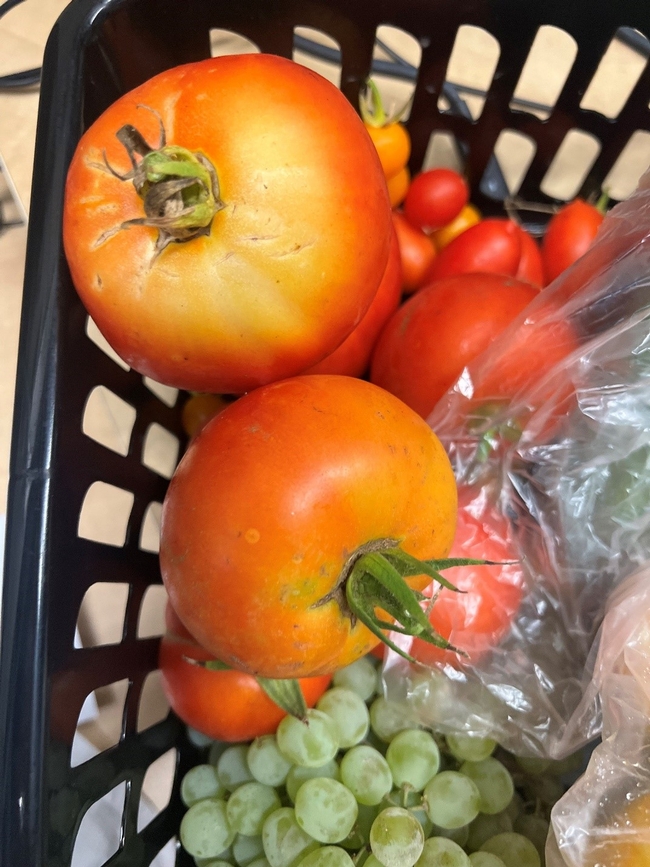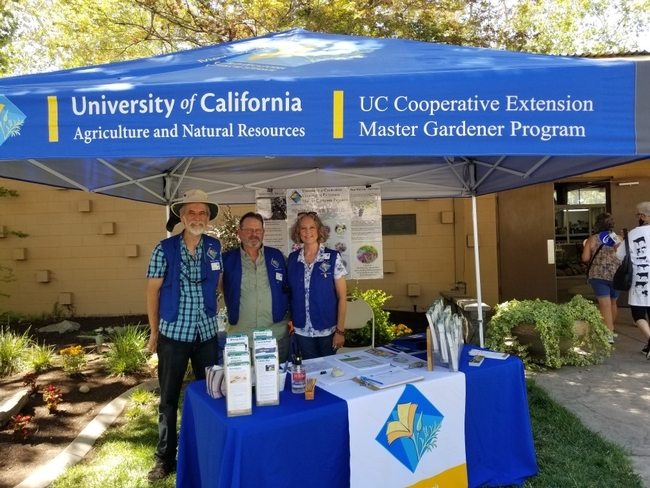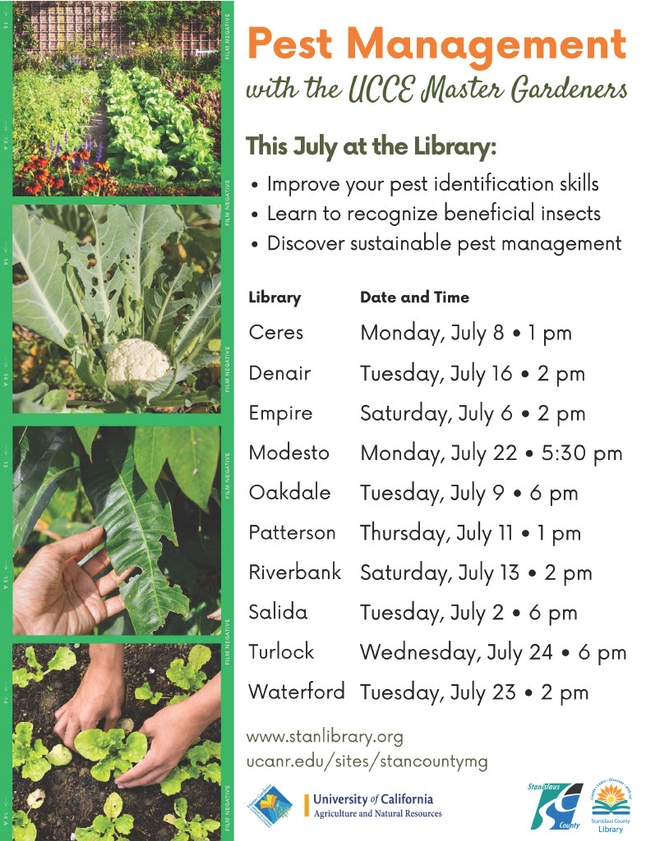When properly cared for, a single tomato plant can produce 10 to 15 pounds (4.5 to 6.8 kg) or more of fruit. As with any gardening journey, sometimes there can be obstacles or challenges to overcome. If tomato yields aren't what was expected, or the fruit is damaged, it could be due to a number of abiotic disorders, diseases or pesky pests.
Abiotic disorders result from non-living causes and are often environmental, for example: unfavorable soil conditions, too much or too little water, extreme temperature, physical or chemical injuries, and other issues that can harm or kill a plant. Using research-based information from UC Agriculture and Natural Resources (UC ANR) publication, Growing Tomatoes in the Home Garden.
Here are five of the most commonabiotic disorders of tomatoes and how to address them:1. Sunburn or Sunscald:
Yes, just like humans tomatoes can also suffer from sunburns because of overexposure to the sun. Sunburn or sunscald occurs on the side of the fruit exposed to the sun, which turns brown and becomes leathery in texture.
Solutions:
- Maintain the plant canopy to produce adequate leaf cover for the fruit.
- Avoid overpruning.
- Provide partial shade during peaks sunlight hours.
2. Leaf Roll:
Solutions:
- Choose less-susceptible varieties.
- Maintain even soil moisture.
- Provide partial shade during peaks sunlight hours.
3. Blossom End Rot:
Solutions:
- Maintain even soil moisture.
- Amend planting area with compost to improve water retention.
- Avoid heavy applications of high-nitrogen fertilizer.
- Soils deficient in calcium may be amended with gypsum.
4. Fruit Cracks and Catfacing:
Rapid growth during high temperatures and excessive soil moisture can lead to circular concentric cracks around the stem end, radial cracks shooting out from the stem, and malformation and cracking at the blossom end, a phenomenon known as ‘catfacing'.
Solutions:
- Keep soil evenly moist.
- Maintain good leaf cover or provide partial shade during hours of most intense sunlight.
- Mulch around the plant 3 to 7 inches deep to maintain soil moisture and temperature.
5. Solar Yellowing and Green Shoulders:
Solutions:
- Maintain plant vigor to produce adequate leaf cover.
- Avoid overpruning.
- Provide partial shade during hours of most intense sunlight.
A variety of insects and pests can cause other damage to tomato plants. Some examples of common pests, include: hornworms, tomato fruitworms, tomato pinworms, stink bugs, white flies, and leafminers. For information about identifying and managing pests in your edible garden visit the UC Integrated Pest Management (UC IPM) website, ipm.ucanr.edu.
Navigating the ups and downs of growing tomatoes might seem daunting, but don't forget, every seasoned gardener has been in your shoes once. We've explored the common abiotic diseases and challenges you might encounter in your tomato-growing journey, and hopefully armed you with solutions to keep these issues at bay.
If you have additional questions or need more help, don't hesitate to reach out to your local UC Master Gardener Program. We have a team of volunteers trained and eager to help you have a bountiful harvest! mg.ucanr.edu/FindUs
If you live in Stanislaus County, use this easy, online survey tool http://ucanr.edu/ask/ucmgstanislaus
Source: Growing Tomatoes in the Home Garden Publication 8159 http://anrcatalog.ucanr.edu/pdf/8159.pdf

